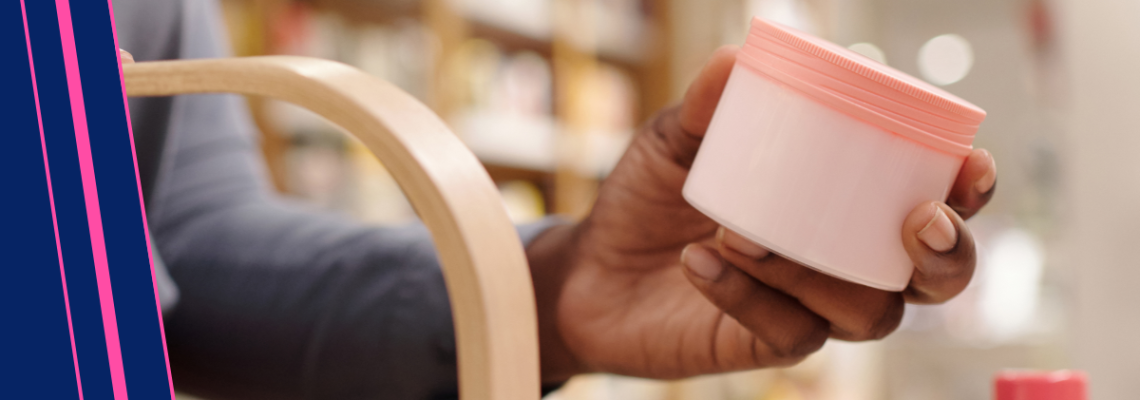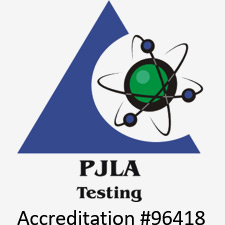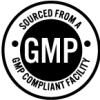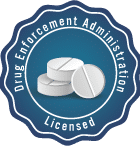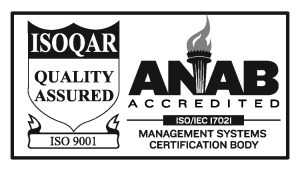Everyday consumer products, such as cosmetics, toys, cleaning agents, textiles, and packaging are typical sources of chemical exposure. While these items are designed to be safe and user-friendly, they introduce a range of substances, including functional ingredients, impurities, degradation products, and packaging migrants, to the skin, eyes, respiratory system, and in some cases, the mouth. Toxicology explains how such substances behave in the human body, examining how and why effects occur, the dose required to trigger a response, and the conditions under which exposure becomes a concern. Applied to consumer products, toxicology helps ensure formulations are safe and products are designed responsibly.
What toxicology means for consumer product safety
At the heart of toxicology is the relationship between hazard and risk. Hazard refers to the inherent ability of a substance to cause harm and risk describes the likelihood of harm occurring under real exposure conditions. A substance can be hazardous yet pose little risk when exposure is extremely low. However even mild substances can become a risk at higher doses.
In consumer product safety, toxicology uses this hazard-risk relationship to evaluate real exposure conditions. The way a product is used can strongly influence how risks manifest. A compound considered acceptable in a rinse-off cleanser may be unsuitable in a leave-on lotion because longer contact increases the absorbed dose. Product format also shapes exposure, for instance aerosols increase inhalation potential, while solid or encapsulated forms limit dermal contact. Vulnerable groups, like children, pregnant people, and older adults, may require additional consideration as their physiology can alter how substances are absorbed, distributed, metabolized, or excreted. This reinforces the need for scenario-specific toxicological assessments.
The core steps of a toxicological risk assessment
A reliable toxicological risk assessment follows several structured phases:
1. Hazard identification- involves compiling a complete inventory of ingredients, impurities, degradation products, and packaging migrants. Each component is reviewed across endpoints such as irritation, sensitization, reproductive toxicity, inhalation toxicity, genotoxicity, and carcinogenicity.
2. Dose response evaluation- interprets how a substance behaves as dose increases. Toxicologists rely on reference values like the No Observed Adverse Effect Level (NOAEL) and the Lowest Observed Adverse Effect Level (LOAEL) to determine the dose at which adverse effects begin to appear. Uncertainty factors are also applied to address interspecies differences, individual variability, and any data limitations.
3. Exposure assessment- estimates how much of a substance a user may encounter, taking into account behavior, frequency of use, and product characteristics. Exposure modelling can help quantify dermal absorption, inhalation potential, or accidental ingestion, providing numerical estimates for the relevant routes of exposure. These factors vary widely between products, for example, a daily moisturizer generates different exposure conditions from an occasional surface spray.
4. Risk characterization- compares estimated exposure with reference values to determine a margin of safety. When the margin is insufficient, risk management actions may be required. These can include:
- Adjusting ingredient concentration
- Reformulating to safer alternatives
- Modifying packaging or dispensing systems
- Updating instructions or warnings.
Toxicological testing methods that support consumer product safety
Toxicological assessment draws on several categories of testing:
Traditional toxicological testing
- Acute, sub-chronic, and chronic toxicity testing
Evaluate adverse effects after short-term, medium-term, or long-term exposure to identify systemic toxicity over different timeframes.
- Skin irritation testing
Assesses a substance’s potential to cause redness or inflammation when applied to the skin.
- Eye irritation testing
Determines whether a substance may cause ocular discomfort, redness, or damage.
- Sensitization testing
Identifies if repeated exposure could trigger an allergic response.
- Inhalation toxicity testing
Measures the effects of substances that can be inhaled as gases, aerosols, or particulates.
- Genotoxicity assays
Examine whether a substance can damage DNA, a critical step in recognizing mutagenic or carcinogenic potential.
Modern toxicological testing
- In vitro assays
Laboratory tests using cells or tissues to measure biological responses without the use of whole animals.
- In silico models
Computational methods that predict toxicity using physicochemical properties, databases, and simulation algorithms.
- Quantitative Structure-Activity Relationship (QSAR) tools
Predict the biological activity or toxicity of chemicals based on their molecular structure.
- High-throughput screening
Uses automated platforms to rapidly assess large numbers of substances across many biological endpoints.
Regardless of the toxicological method chosen, studies must comply with Good Laboratory Practice (GLP) and align with the test guidelines of the Organization for Economic Co-operation and Development (OECD) to generate data that are reproducible, comparable across laboratories, and acceptable to regulatory authorities.
A practical toxicology workflow for consumer product safety
Developing a clear toxicological workflow helps ensure that safety evaluations for consumer products are consistent and transparent. The process typically involves:
- Defining the product and its intended use
- Compiling a complete ingredient and materials inventory
- Reviewing toxicology data and identifying hazard gaps
- Modeling exposure and determining the margin of safety
- Implementing necessary risk-management measures
- Monitoring product performance after market release.
External laboratory support can strengthen this workflow, particularly when advanced analytical chemistry, impurity profiling, stability studies, or simulated use testing are required to refine exposure and risk evaluations.
Improving consumer product safety through toxicology
Toxicology helps interpret how the substances within consumer products may behave under actual use conditions. Accurate toxicological risk assessment depends on robust analytical data that characterize ingredients, impurities, and degradation pathways. Jordi Labs offers targeted toxicological services that help resolve data gaps and clarify material behavior, turning complex analytical findings into actionable product insight. Reach out to our experts today to learn more about our toxicological services and how we can aid with your safety evaluations.

